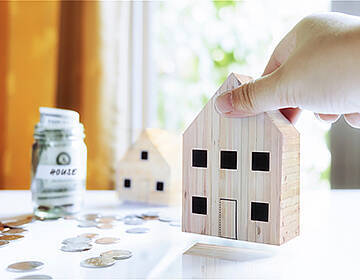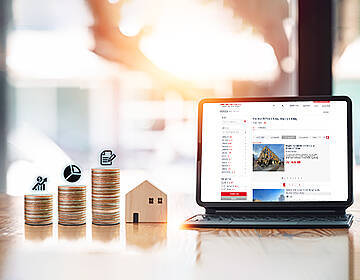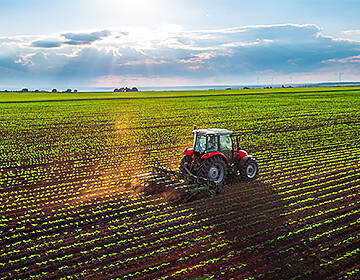Sustainable and Energy-Efficient Real Estate
Climate change has become a major concern for the real estate industry as well, which accounts for almost 40% of worldwide carbon emissions. That’s why over the past five years, eco-friendly buildings have appeared both in Turkey and throughout the world to minimize the effects of this global crisis.
The 2022 Global Status Report for Buildings and Construction, published by the United Nations Environment Programme (UNEP), was presented at the most recent round of climate negotiations in Egypt, COP27. The report finds that investments in building energy efficiency have increased to levels that were never before seen, rising by %16 over 2020 levels to 237 billion USD in 2021.
However, there is still a need to speed up efforts to reduce the carbon footprint of the world. Property investors can support the process by investing in sustainable homes. It is an effective act that can reduce CO2 emissions and energy use, which will be advantageous to the environment and people who live in the buildings.
What are Energy Efficiency and Sustainability?
.jpg) Energy efficiency simply means the use of less energy to carry out a task or achieve a goal. In this regard, sustainable real estate development companies aim to build green buildings that will use less energy to heat, cool, and run appliances and electronics.
Energy efficiency simply means the use of less energy to carry out a task or achieve a goal. In this regard, sustainable real estate development companies aim to build green buildings that will use less energy to heat, cool, and run appliances and electronics.
Another prominent term is sustainability. It refers to the ability to exist and develop without destroying resources for the future generation. It is focused on minimizing carbon footprints, water use, non-decomposable packaging, and wasteful supply chain operations. These actions are crucial for maintaining environmental sustainability and may also be financially advantageous for buyers.
What is the Definition of Sustainable Real Estate?
Sustainable developments refer to the use of environmentally friendly designs, resources, and building practices. They reduce the negative impact on the environment and increase the beneficial economic and social impacts.
There are numerous ways to include sustainability in real estate designs. These designs can assist reduce a home's carbon impact while allowing our surroundings to stay alive.
Real estate developers can build sustainable properties for a greener environment by focusing on energy efficiency, water conservation, material selection, and compound design.
What is the Importance of Home Sustainability?
It is important because home sustainability recycles, consumes less energy, and reduces waste, which promotes effective use. That’s why they lower emissions that contribute to climate change.
In addition, not only are you protecting the environment, but you also benefit from lower expenses, better energy efficiency, and less costly house maintenance in the long run.
What is Leed Certification?
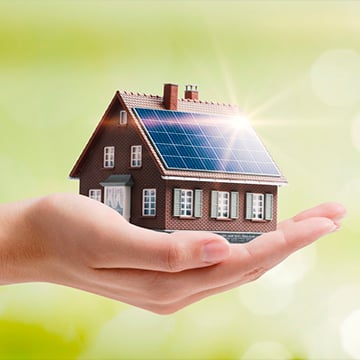 LEED stands for leadership in energy and environmental design. It is a scoring system established by the U.S. Green Building Council (USGBC) to evaluate the environmental performance of a building. The system gives the score by analyzing a building’s energy/water efficiency, CO2 emissions reductions, materials, and resources.
LEED stands for leadership in energy and environmental design. It is a scoring system established by the U.S. Green Building Council (USGBC) to evaluate the environmental performance of a building. The system gives the score by analyzing a building’s energy/water efficiency, CO2 emissions reductions, materials, and resources.
The system has four levels of certification: LEED certified (40 - 49), Silver (50 - 59), Gold (60 - 69), and Platinum (80 - 110). With an 80+, platinum has the highest score. New construction, existing structures, and private homes are all eligible for the Leed system.
How to Get Leed Certification? What are the Leed Certification Requirements?
To get the Leed green building certification, you must follow a set of requirements and standards requiring calculations and detailed documentation. The scoring system is divided into six categories:
- Sustainable sites
- Water efficiency
- Energy and atmosphere
- Materials and resources
- Indoor environmental quality
- Location and transportation
You can apply for the certificate on the USGBC website. First, you answer some questions about the building to determine your target LEED certification level. Then, you pay registration and flat certification fees. They can vary from $900 to $5,000 depending on the size of your project and the certification goal.
After payment, the building undergoes a GBCI verification and review procedure. A score is given corresponding to a level of LEED certification. The process is generally completed in 20-25 business days.
In addition to pre-certification and registration fees, there are certification fees that vary based on whether you want to be certified in Design, Construction or both. The current price per square foot ranges from $0.001 to $0.0057.
What are the Benefits of Leed Certification?
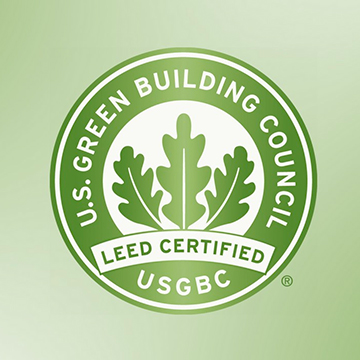 In addition to saving energy and water, Leed building certification places a high priority on the property owners' health and comfort. They are designed with aspects that directly impact human health, such as interior air quality, natural lighting, temperature control, and waste management.
In addition to saving energy and water, Leed building certification places a high priority on the property owners' health and comfort. They are designed with aspects that directly impact human health, such as interior air quality, natural lighting, temperature control, and waste management.
Green buildings typically use 30% less energy than conventional ones. The water usage of green buildings is also quite low. Approximately 50% of water savings can be made by using waterless urinals, effective cisterns, sinks, shower mixers, etc.
By minimizing smog in significant industrialized communities, LEED-certified buildings also help in reducing chemicals and improving the quality of the outdoor air. Your carbon footprint will have decreased significantly.
Does Leed Certification Increase Property Value?
Compared to non-LEED buildings, they have a higher resale value and minimized maintenance costs. But, the most significant point is that people want to live in a sustainable house nowadays.
For example, basic sustainable features, such as solar power, double-glazed windows, and energy-smart design are the first things that come to buyers' minds when looking for a home because they know they will save money in the long run. That’s why buyers are willing to pay more to take advantage of lower utility costs, healthier living conditions, and less carbon footprint.
A Perfect Example of Sustainable Real Estate Development in Turkey
As a pioneer in the sector, TEKCE Real Estate developed the first Leed-certified project in Antalya, where the company's headquarter is. The Viva Defne project promises you and your loved ones a healthier and more efficient indoor and outdoor environment. It includes the energy conservation model, modern and high-quality interior designs, and innovative concepts.
You can click here to see the details of the Viva Defne Project.
You can find the source used for the article here.





